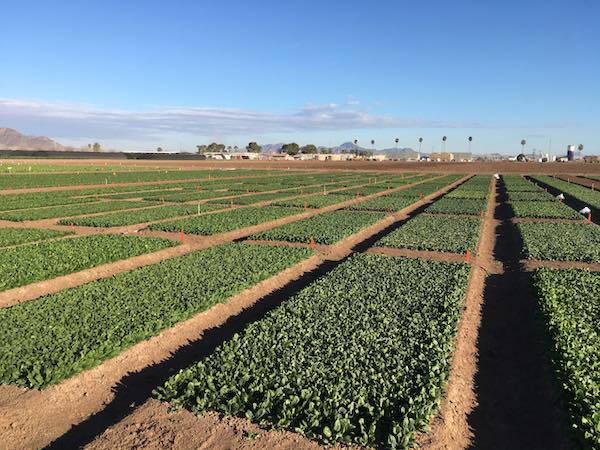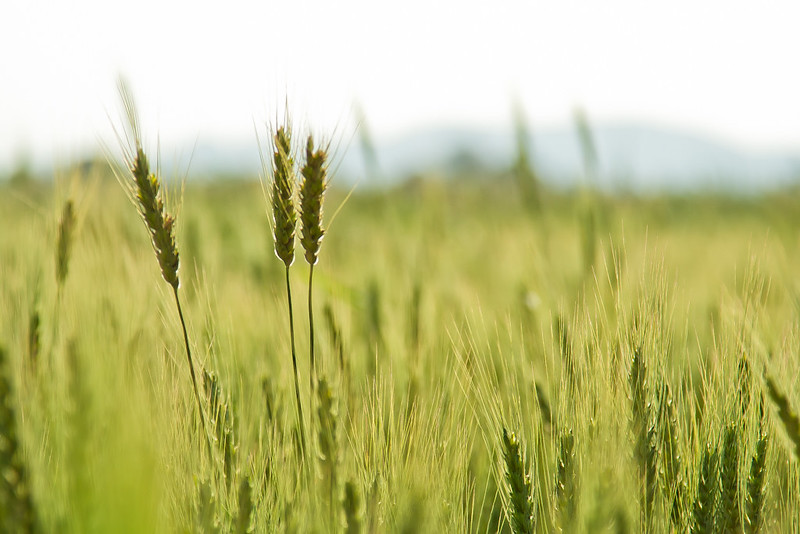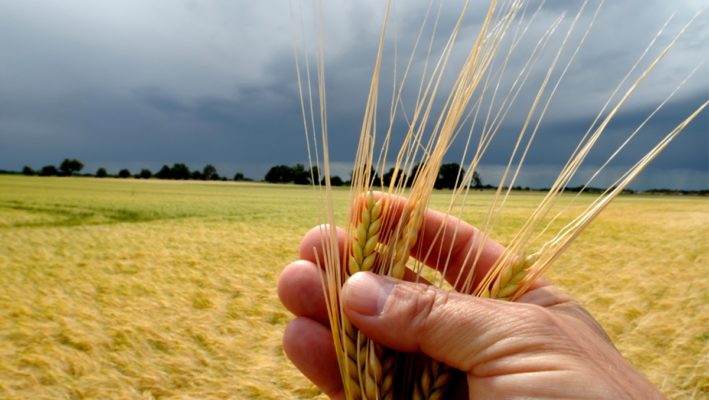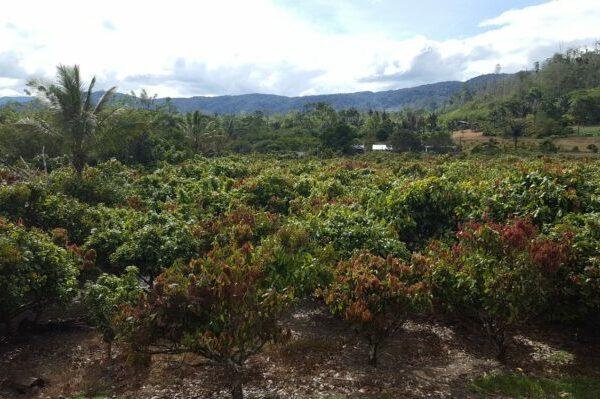
Cereal crops exhibit two distinct types of branching which are the important determinants of crop yield. Crops such as maize and sorghum produce only one culm to reduce competition among sinks and increase the productivity of the main culm, thus exhibiting enhanced apical dominance. Rice and wheat produce multiple tillers (a type of branch that is similar in shape and height to the main culm) and exhibit weakened apical dominance.














